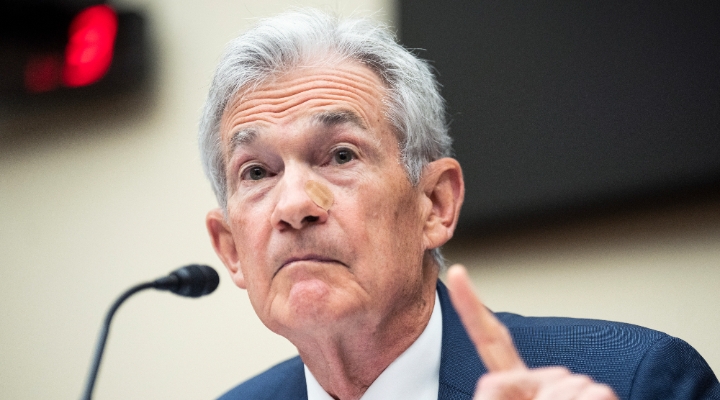
Inflation showed more evidence of cooling in November, even as the latest Consumer Price Index report reflected stubbornly high shelter costs. And consumers had more good news at the pump, where gas prices fell.
The Bureau of Labor Statistics reported that the Consumer Price Index rose 3.1% on an annual basis and 0.1% on a monthly basis in November. Those gains were driven by increases in shelter prices, which offset declines in gasoline prices. The monthly reading was slightly higher than economists expected.
CPI vs Core CPI
Source: Bureau of Labor Statistics
Core CPI, which excludes volatile food and energy prices, rose 4.0% on an annual basis after climbing the same amount in October and 0.3% on a monthly basis, slightly more than in October. Both readings were in line with economist expectations.
New inflation data shows that consumer prices climbed slightly in November thanks to rising shelter costs, even as gasoline prices fell.
Consumer Price Index
Month-on-month changes
Source: Bureau of Labor Statistics
The report comes ahead of the Federal Reserve’s final meeting of 2023 on Wednesday. Analysts overwhelmingly expect the central bank to hold rates steady at its current target range of 5.25%-5.50%.
Market watchers will closely analyse Fed Chair Jerome Powell’s tone, looking for clues about whether the central bank thinks market expectations of rate cuts in early 2024 are too aggressive, given recent stickiness in the so-called “last mile” in the inflation fight.
"Overall inflation was low again this month,” says Preston Caldwell, chief US economist at Morningstar. “Core inflation overall is coming in about in line with our expectations, and it should fall further if shelter inflation comes down as we expect and we expect full-year 2024 inflation of 2%, right in line with the Fed’s target.”
Caldwell continues: “Today’s inflation report doesn’t alter our view that the Fed will keep rates unchanged in this week’s meeting.”
Expectations for December 2024 Federal Reserve Meeting
Probabilities (%) for federal-funds rate level
Data as of December 12, 2023. Source: CME FedWatch Tool
Looking at next year, he thinks continued progress toward bringing down inflation will let the Fed cut rates in March.
While core inflation may appear alarmingly sticky on an annual basis, Caldwell points out that higher inflation at the beginning of this year is propping up that 4% annual growth rate. On a six-month annualised basis, he says, the core inflation rate is 2.9%.
Falling prices for durable goods like used cars, appliances, consumer electronics, and jewelry were not enough to offset rising shelter costs (which include rent prices and homeownership costs) in the core inflation index, Caldwell explains. “To the extent that core inflation is still above the Fed’s 2% target,” he says, “it’s entirely due to the housing component.”
Core inflation is now running at a 3.4% annualised rate over the past three months. But without shelter costs, Caldwell says that rate drops to 1.5%.
He expects shelter inflation, which is currently running at 5.9% on a three-month annualized basis, to normalise within the next six months to a year. “The return to normal for shelter inflation has been delayed compared to our prior expectations,” he says, “but we’re still confident it’s coming.”
Over the past few months, cooling inflation and labor market data mean investors have already turned their attention to the prospect of rate cuts in 2023. But stronger-than-expected numbers could delay those cuts. The bond market is currently priced for a rate cut in May, according to the CME Fedwatch Tool. Traders currently expect roughly four rate cuts throughout 2024.
Powell has repeatedly emphasised that the Fed will not hesitate to keep rates as high as they are now (or to even raise them further) if it believes the fight against inflation is not yet won. Caldwell expects future declines in core inflation – led by falling shelter inflation – to be enough for the central bank to begin easing policy in the first half of next year.
“We think progress should be sufficient for the Fed to begin normalising the federal-funds rate from currently restrictive levels with a cut at the March 2024 meeting,” he says.



























